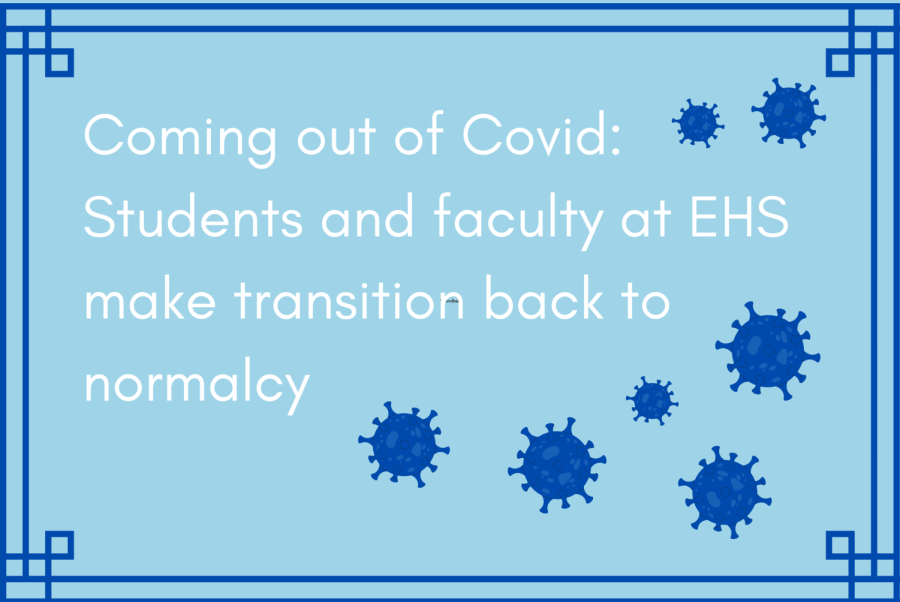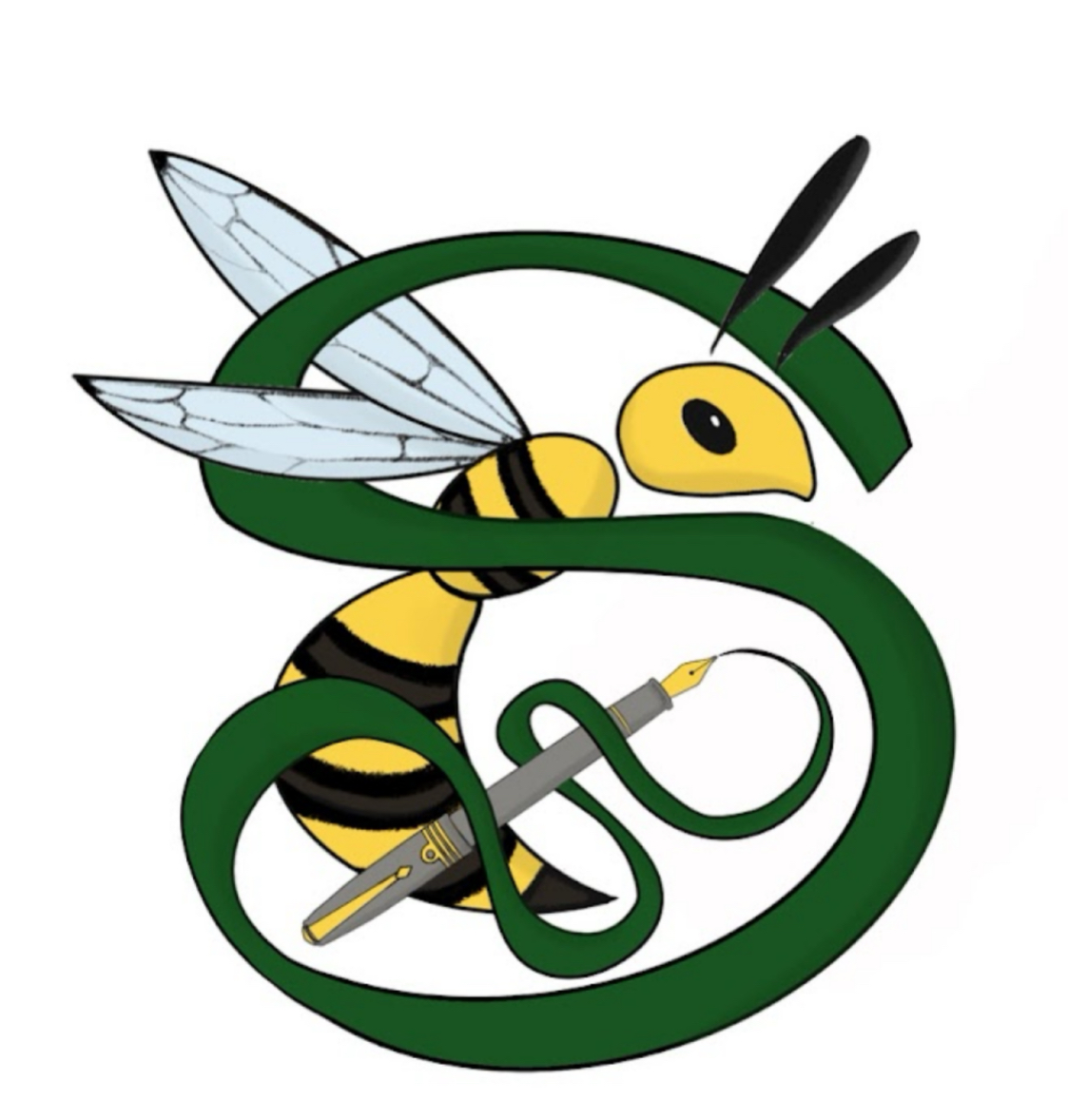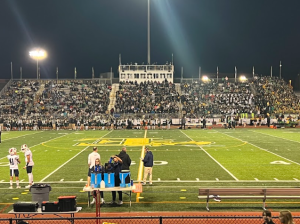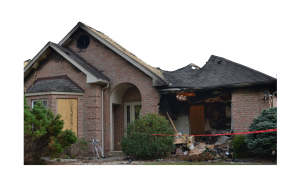Coming out of Covid: Students and faculty at EHS make transition back to normalcy
Nov 9, 2022
Effective Oct. 1, Canada removed all COVID-19 travel restrictions, including testing, quarantine, and vaccination prerequisites, which reflects a major global trend as the pandemic era comes to an end.
In the same fashion, COVID-19 restrictions have gradually been lifted all across the U.S., such as the requirement of a negative test one-day before departure for incoming travelers. Additionally, the CDC renounced the suggested time for quarantine as the amount of cases in the country per day steadily declines. On a local scale, Emmaus removed its indoor mask mandate last year along with several other schools in Pennsylvania.
Many students and teachers at EHS regard these changes positively. Senior Marina Lamb feels the height of the pandemic has since passed.
“At this point, I feel like COVID isn’t as much as a threat for us,” Lamb said.
Similarly, English teacher Bridget Doklan believes the removal of COVID regulations has yielded successful results in students’ learning environment.
“I don’t feel like I can comment as a medical professional on whether or not it is the best decision, [but] as a teacher, I feel like we’re back to a sense of normalcy, which is good for me and students,” Doklan said.
Doklan also notes that, while she understood why the restrictions were in place, they created a sense of “isolation” and “disconnectedness” among students, creating barriers in normal class routines.
However, one crucial question remains: is the pandemic truly in the past, or does it still hold precedent in day to day life?
As reported by the New York Times, Pennsylvania currently maintains a seven-day average of 2,000 new cases daily, and according to the CDC, Lehigh County has a yellow, or medium, infection rate. At the national level, the CDC reports 41,855 new cases and 345 COVID-related deaths each day. These figures lead some to think that the virus continues to spread throughout communities, and therefore mitigation measures need to be considered carefully before they are eliminated altogether.
Paul Schmidt, a junior at EHS, agrees with this sentiment. After recently contracting the virus, he views COVID regulations as vital to limiting transmission within populations.
“I think masks should be reinstated,” he said. “They should [also] still encourage hand sanitizer use.”
While he is unsure how he was exposed to the virus, he believes it might have come “from school and passing a bunch of people in the hallway.” He also observes that people in school constantly come into close contact with one another “without all the parameters” previously in place, providing multiple opportunities for the virus to spread.
Although such fears may be heightened by new developments that could appear, more methods to stop the circulation of COVID-19 have been created, including vaccines and booster shots available throughout the country. Lamb deems vaccines as a key device in stopping the virus from recurring in the future.
“Getting the vaccine, I was sore and sick the next couple of days, but it’s worth it,” she said.
For now, the pandemic that once defined life for two years lost its hold on the EHS community, and if both teachers and students remain careful, it hopefully won’t be seen again moving forward.












